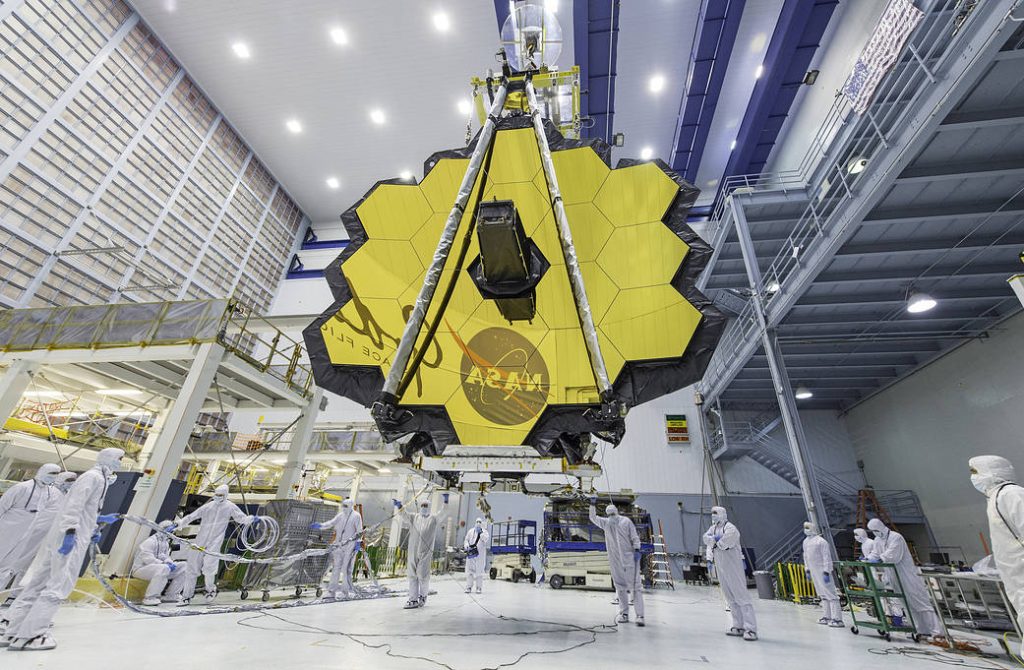The upcoming James Webb Space Telescope (JWST) could revolutionize our understanding of exoplanets by detecting clouds made of tiny particles known as aerosols.
Aerosols are microscopic particles suspended in a gas, and they can create a haze or a gritty cloud layer in the atmosphere of an exoplanet. This could have important implications for understanding the planet’s climate and habitability.
The JWST is equipped with a range of powerful instruments, including the Near Infrared Camera (NIRCam), which is capable of detecting the faint light scattered by aerosols. This means it could potentially observe and analyze the clouds and haze layers of exoplanets in greater detail than ever before.
The detection of aerosols on exoplanets could also provide clues about the potential for life on other planets. For example, a thick cloud layer could shield the planet’s surface from harmful radiation and create a more habitable environment.
The JWST is set to launch in October 2021 and will undergo a series of tests before beginning its scientific mission. If successful, it could transform our understanding of exoplanets and their potential for life, and help us to answer some of the biggest questions about our place in the universe.





